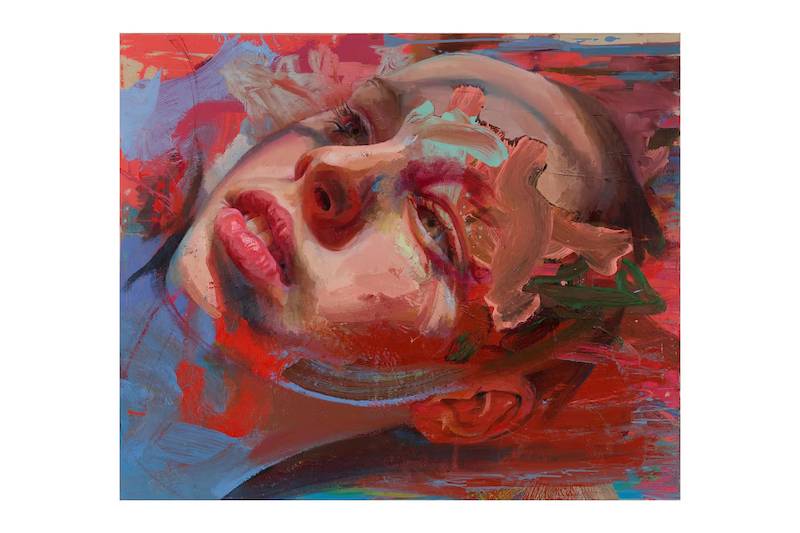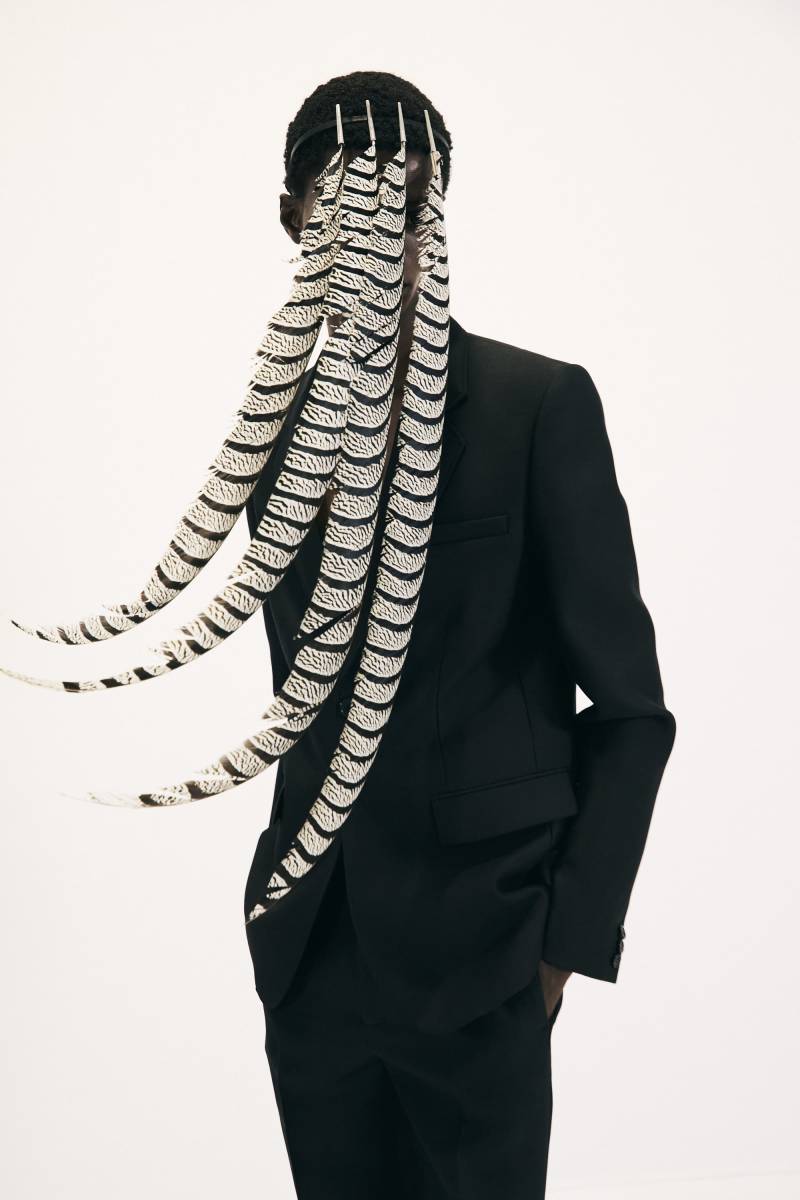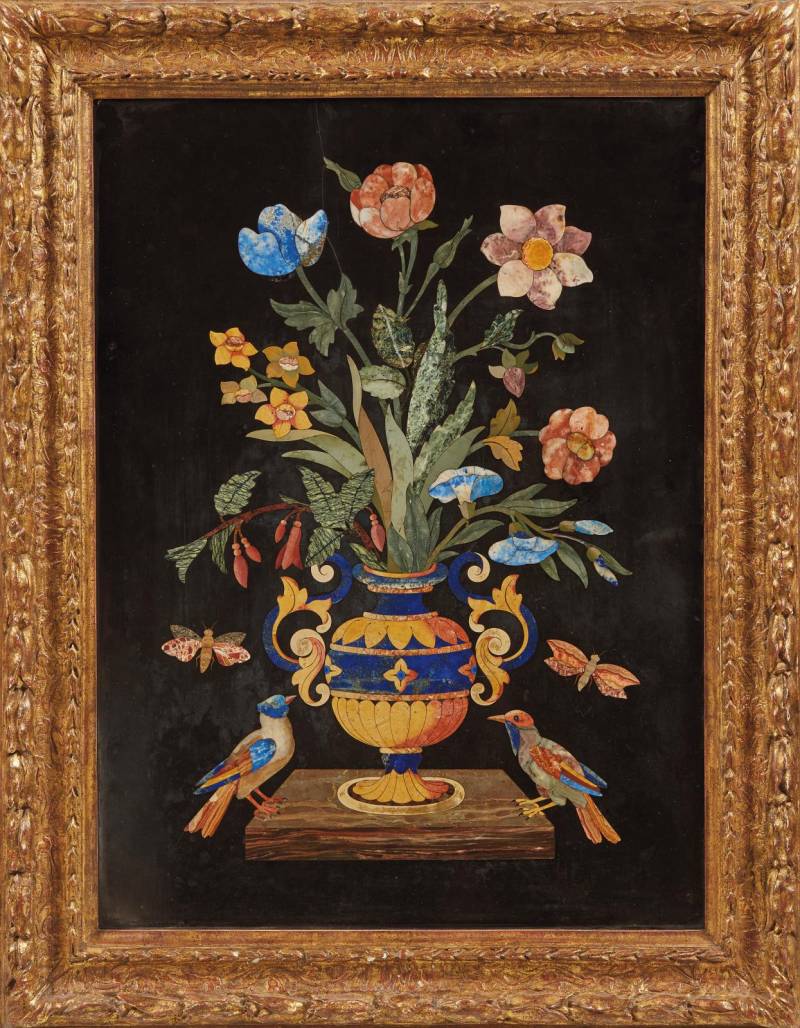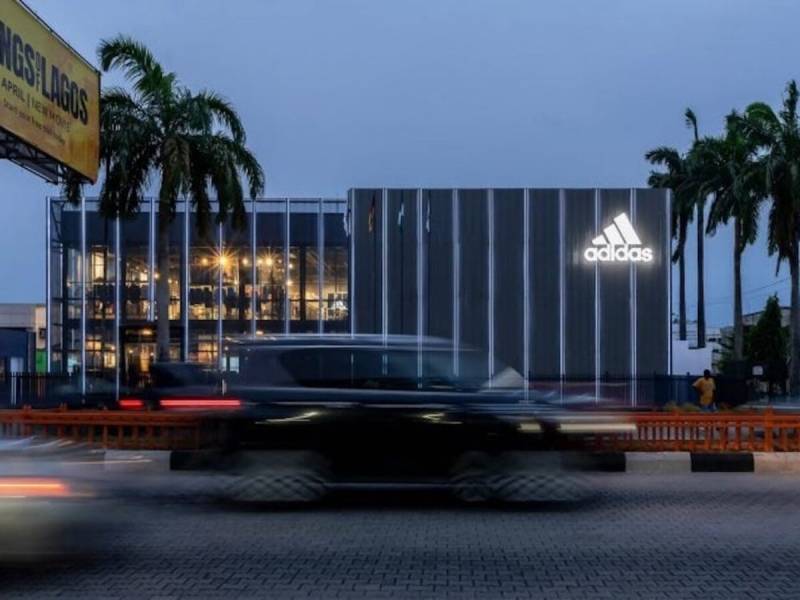Behind every dye and design lies a legend — not just of the past, but of the future being woven in real-time. The 2025 edition of the Adire Lagos Exhibition by Ecobank is far more than a fashion display; it’s an awakening — a rich immersion into a heritage of storytelling, craftsmanship, and resilience deeply rooted in West African soil and spirit.
To appreciate this exhibition, one must first understand the soul behind Adire. Derived from the Yoruba words adi (to tie) and re (to dye), Adire is a centuries-old textile art that tells stories through motifs, patterns, and indigo-soaked cloth. But it’s not just about patterns. It’s about memory. It’s about the matriarch who passed down her knowledge to her daughter, the young boy who watched his grandmother stir dye pots in Abeokuta, the communities built around shared creativity and cultural pride. Every piece of Adire is a declaration — a reclaiming of identity in a fast-globalizing world.

Read Also: Uphorial Sweatshirt

Adire Lagos by Ecobank: Threads of Identity, Stories in Indigo

And so, when Ecobank Nigeria, a pan-African banking institution known more for its financial services than fashion initiatives, launched the Adire Lagos Exhibition, it wasn’t a random act of corporate social responsibility. It was a statement. A conscious merging of tradition and innovation. With its Pan African Centre in Victoria Island as the canvas, Ecobank transformed concrete into culture, turning the floors and walls into a living, breathing exhibition of Indigenous design.
Founded in 1985, Ecobank has consistently positioned itself as more than just a bank. It has grown into a bridge — connecting 33 African nations under a unified financial umbrella. But beyond banking, Ecobank’s footprint has always included community impact. From financial literacy campaigns to SME support, its pulse has always been on empowering the African spirit. So, when the bank introduced the Adire Lagos Exhibition a few years ago, it was rooted in a broader mission: to preserve, promote, and propel African art, fashion, and identity into the global consciousness.
This year’s exhibition was nothing short of remarkable. The atrium of the Pan African Centre gleamed with swatches of indigo, hues of sunshine yellow, earthy browns, and bright reds, each one telling its own story — of joy, of survival, of heritage. The air was thick with pride, nostalgia, and hope. Artisans from across Nigeria — many of them women-led enterprises — came not just to sell, but to connect. To pass on stories. To teach. And most importantly, to inspire. So, yes, the fabrics were stunning. The colors? Rich. The designs? Breathtaking. But what truly made this exhibition unforgettable was what wasn’t immediately visible—the conversations, the recognition, the hope. If you stood quietly for just a moment, you could hear it: the whisper of ancestors, the pride of present artisans, and the dreams of unborn designers. All echoing through dye-soaked hands and cotton canvases. All reminding us that these aren’t just clothes.
But perhaps the true value of this exhibition lies not in the visual spectacle, but in what it represents: the economy of culture. In a country where youth unemployment is high, where indigenous crafts are often underfunded and underappreciated, Adire stands tall as a symbol of possibility. It speaks to the power of local craftsmanship in creating sustainable jobs, in preserving identity, and in rewriting the African narrative from within. This is more than just an event — it’s a movement. A bold reminder that in every thread, there's tradition. In every dye, there's depth. And in every finished piece, there’s a future. Adire Lagos by Ecobank isn’t just showcasing fashion — it’s spotlighting the human hands and hearts behind it. It invites you to ask: Who made your cloth? What story does it carry? And most importantly — How are you supporting the storyteller? Because when a bank tells a story with fabric instead of figures, you know culture is finally being banked on.



